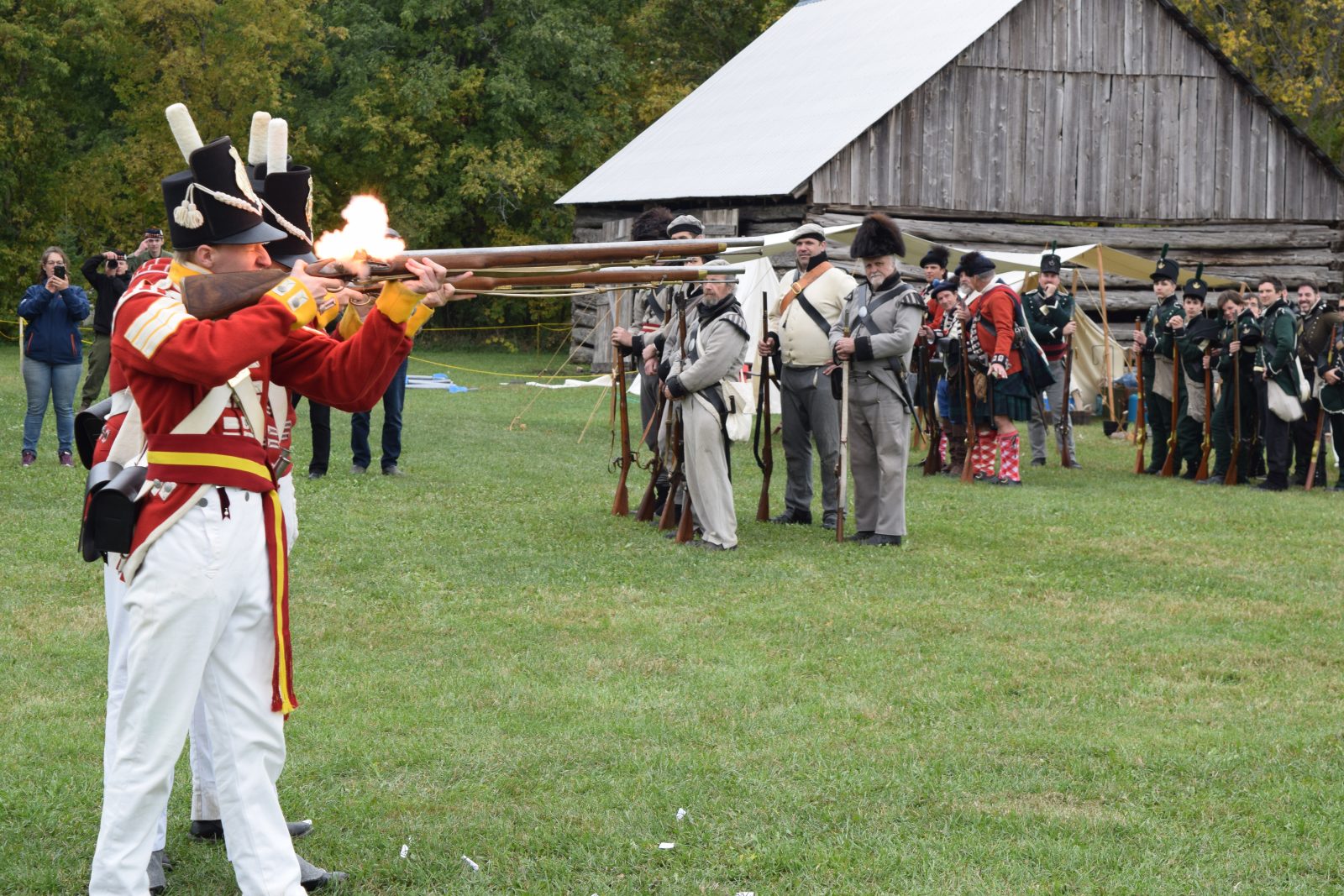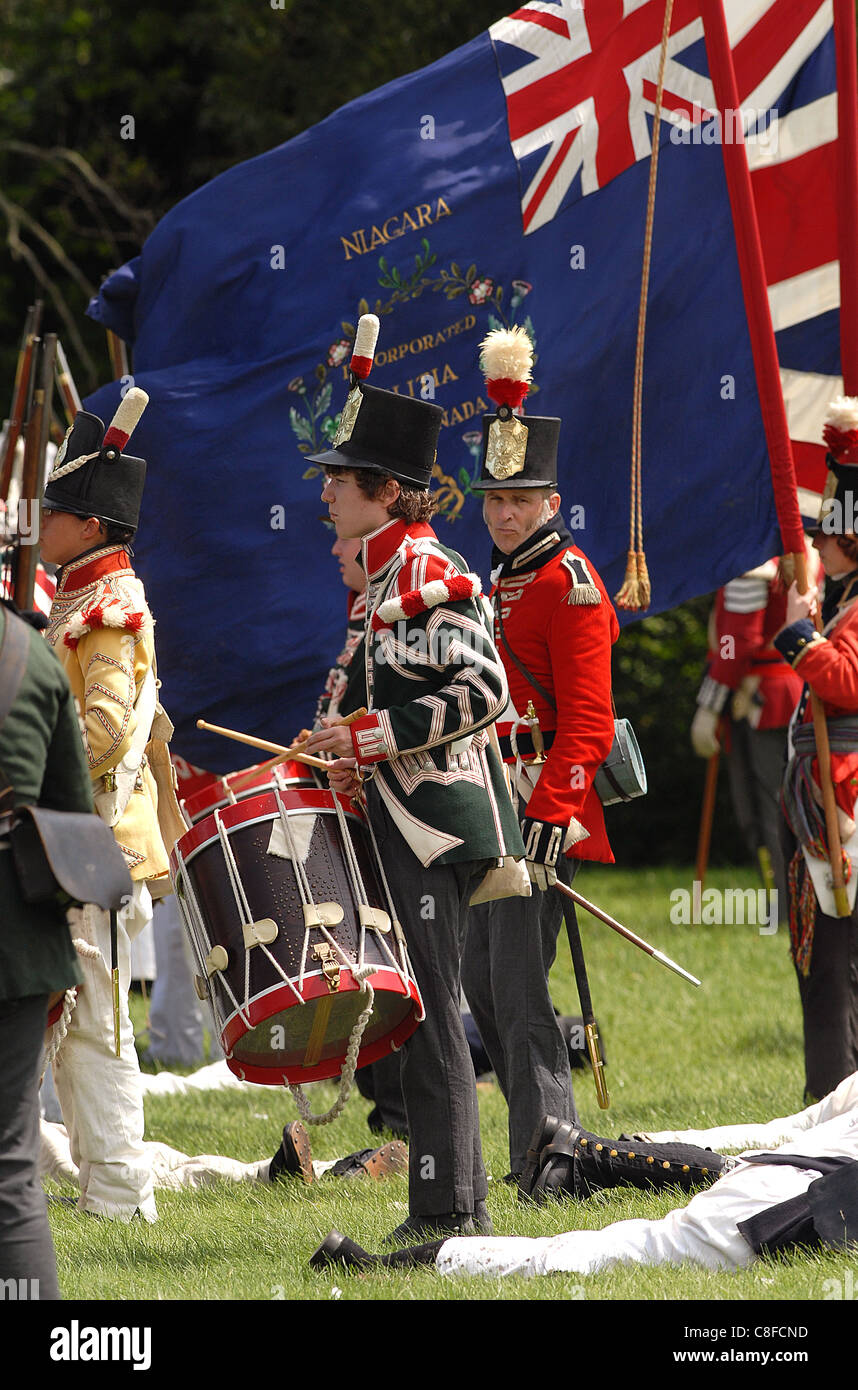

Under a lottery system, 10 of every 100 soldiers could bring their wives and children from England. She was wearing a wool apron as a potholder and to keep the sparks from burning her as she tended her pie. Shelley was making a Sweet Potato Pie for the Cast Iron Cook-off, using two cast iron frying pans over the open fire. A common dish combined those ingredients and was like a green mush. of salt pork or beef that was packaged in England and was none too fresh. Each soldier was given a daily ration of: ½ lb. “It was not an easy life,” said Shelley, as she taught me how a soldier fed himself back in 1812.

In addition, each cook was given a secret ingredient and the rules gave permission to use what they may have in their tent pantry. Armed with a keen interest in historic cookery, she was participating in the first annual Cast Iron Cook-Off, an interesting take on the chef competitions of our time but with a historic twist.Įach of the six participants were given a basket of ingredients including flour, butter, brown sugar, a tin of evaporated milk (in place of cow’s milk), salt and pepper, 2 eggs and some baking soda. Mary’s, Ontario representing a British soldier’s wife with her husband and son. While the British soldiers fought the Americans in the 1812 battle at Stoney Creek, Upper Canada (now Ontario,) their wives cooked in front of the white canvas tents.Įach year in June a reenactment is held at Battlefield Park under the towering stone monument that marks the success of the British to defeat the American push to the West.

Shelley Mason, a reenactor at the Battle of Stoney Creek cooks a Sweet Potato pie for the Cast Iron Cook-Off


 0 kommentar(er)
0 kommentar(er)
